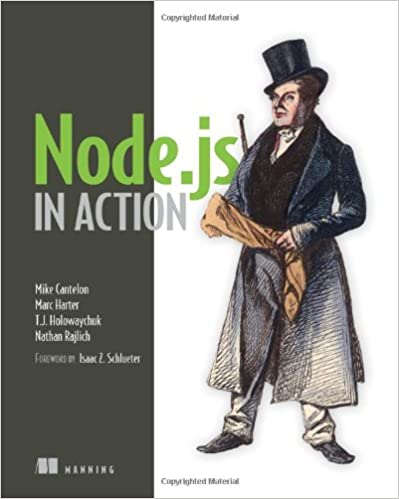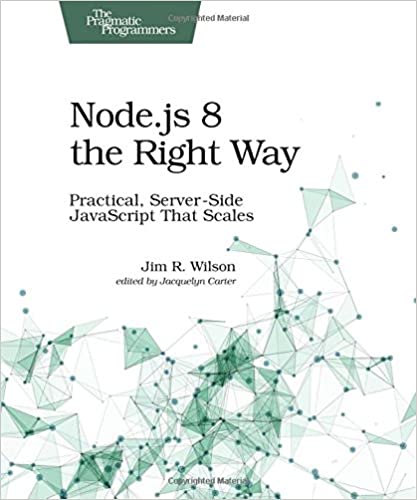; Date: Sat Mar 15 2014
Tags: JavaScript »»»»
You may have heard that the ECMAScript committee (that oversee's the standards for JavaScript) are working on the next version of the language. ECMAScript.next will probably become EMCAScript 6, and will mean some changes for JavaScript programmers. It may be useful for all JavaScript programmers to start understanding what those changes will be. That's where "The Past, Present and Future of JavaScript" fits into the world, helping us know what the ECMAScript committee is looking to do to the JavaScript language.
The only problem with that is, the book was published in mid-2012, and it's now early 2014, and surely the ECMAScript committee has moved the Harmony project forward a bit. For the up-to-date list of what the committee is doing, see their Wiki at:
http://wiki.ecmascript.org/doku.php?id=harmony:harmony
This book starts, as the name implies, by reviewing the Past and the Present of JavaScript. That is, how did JavaScript come into being (hint: through a confluence of LISP, Self, Java, and Netscape)? What is happening with JavaScript in the present? (hint: Node.js on the server - highly interactive toolkits on the client)
The bulk of the book talks about ECMAScript.next. According to the book, ECMAScript.next was to have finished by the end of 2013, but I see from their Wiki that didn't happen, and that there's several features still in the Strawman queue.
What's most useful about "The Past, Present and Future of JavaScript" is that it explains, clearly, why a change is being made, demonstrating the change using code samples. Browsing the proposals on the Wiki isn't as helpful, because they're generally written by language geeks, for other language geeks, using language geek jargon.











